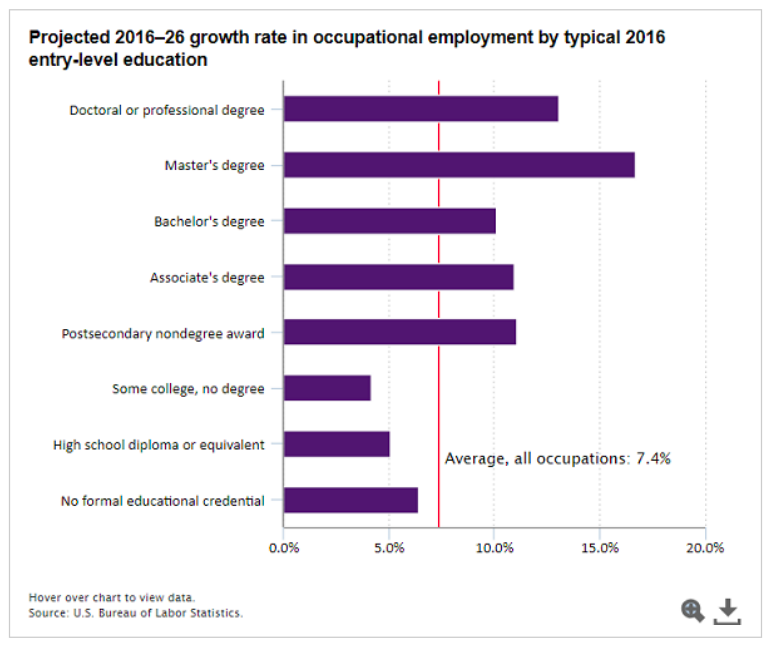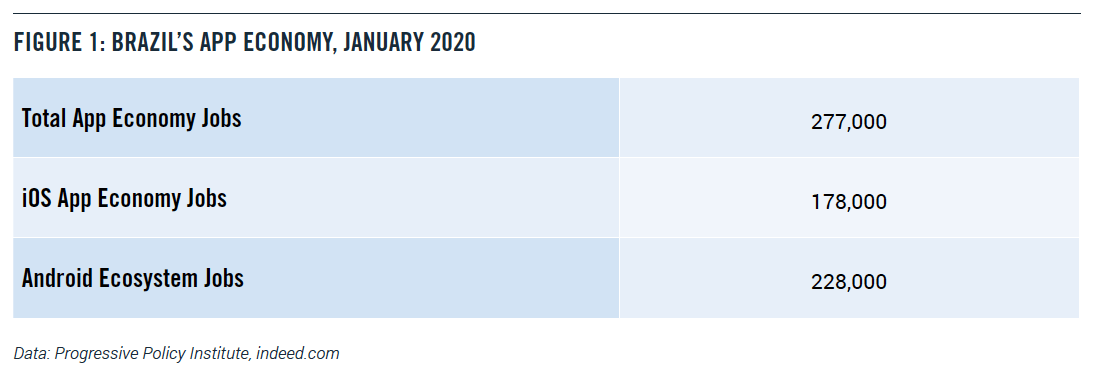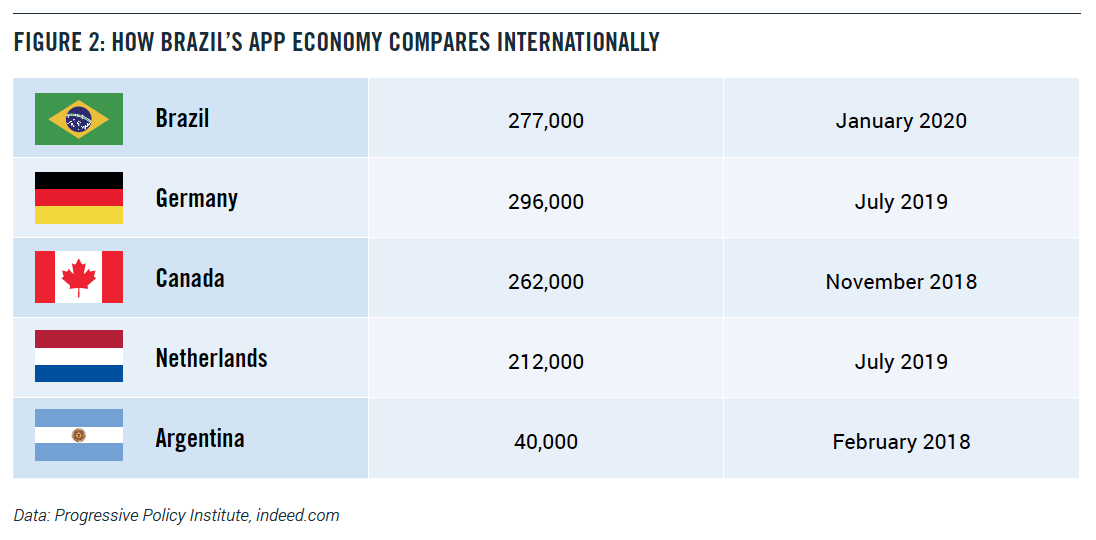It is becoming clearer each day that the health and economic crisis created by the COVID-19 pandemic won’t just change the way we live and work, it will also change the way we educate.

Paul Weinstein Jr. is the Director of the MA in Public Management program at Johns Hopkins University and a senior fellow at the Progressive Policy Institute.
It is becoming clearer each day that the health and economic crisis created by the Covid-19 pandemic won’t just change the way we live and work, it will also change the way we educate. Already colleges and universities across the nation have closed their campuses and shifted to online, video-teaching, or some combination of the two for the remainder of the spring semester.
But what will happen after that? Our higher education system will not go back to the status quo ante, that much is clear. The experience of shifting to remote learning will have long-lasting effects on the ways we think about teaching and learning.
That’s the upside, but there are also serious downsides that we need to start thinking about — now. And to address them we’ll need decision-makers in Washington and state capitals to prepare the groundwork.
Here are three things that will be different.
First, next year’s incoming students will have fewer resources than last year’s. Very likely these students and their families will be under greater financial strain and more concerned about the health consequences of living in dormitories and attending large classes with hundreds of their peers. According to a study conducting by the Art and Science Group, 1 out of 6 high school seniors who expected to attend college this fall are rethinking those plans.
Second, next fall we are going to have fewer colleges for new and current students to attend. A sizable number of small private colleges may have to close their doors because they are tuition-dependent and don’t have significant endowments. Many of these schools have lived on the margins for a long time, able to postpone tough budget choices as long students could access federal loans to finance the rising price of a college education. A 2016 report by Ernst & Young noted there are 800 colleges vulnerable to “critical strategic challenges” because they depend on tuition for more than 85% of their revenue. Already more than 90 colleges have closed in the last three years according to EducationDive — and that number will likely increase dramatically because of the impact of Covid-19.
Finally, many state schools (including 4-year and community colleges) are already overcrowded with students who can’t get into the classes they need to graduate. These schools will be unable to accommodate the increased number of students seeking less expensive alternatives to private schools.
Fortunately, a number of America’s leading public and private schools have large endowments (106 have endowments over $1 billion according to the Chronicle of Higher Education) and they have the resources — both technological and personnel — to help. How? By dramatically expanding online and virtual learning to those who — because of the crisis — can no longer afford the high cost of tuition, have lost their place at college because their school went out of business, or have lost their job.
There are four things institutions of higher education can do post-crisis to expand opportunities for less costly online learning at America’s best schools:
- Leading universities — Harvard, Columbia, University of Texas at Austin, among others — offer online extension programs where students can take college-level courses and earn degrees. These schools, along with the others with endowments above $1 billion, should commit to expanding enrollments in these programs in the fall by 10 to 25 percent, at heavily discounted prices (most are already cheaper than comparable onsite courses). As we have seen from the recent closure of colleges across America, shifting quickly and smartly to virtual classrooms is possible, and in this time of crisis a necessity.
- All colleges and universities should treat these programs the same as on-campus ones (and if they don’t Congress should make them). If students who are enrolled in these programs later decide to transfer to another school (or apply to a graduate program), all colleges and universities would be required to accept all successfully completed work in these courses (grade C or above) for full credit.
- In order to ensure there are enough instructors, tenured and full-time faculty at the 160 schools mentioned above, should volunteer to teach one to two more online courses a semester than their contracts require — without additional compensation. As a director of a graduate program at Johns Hopkins University, my contract requires me to teach 3 courses a year. While teaching an extra two courses next year would be a challenge, it is nothing compared to the sacrifice being made by our medical community and others putting their lives on the line in the fight against Covid-19. According to the American Association of University Professors, there are over 52,000 tenured or non-tenured full time faculty in the U.S. If only half those agreed to teach two additional courses next academic year at 20 students per class, the number of course slots would increase by one million.
- The well-endowed schools should commit to hiring more adjuncts to teach some of these courses at above the median adjunct pay salary — currently $2,700 per course according to an AAUP survey. Doing so would help reduce the economic impact of the crisis.
While college and university leaders need to take the lead on these initiatives, they need help from lawmakers in Washington and state capitals.
- Financial Support. The recently enacted stimulus bill included $14 billion for higher education. The Secretary of Education has some flexibility over about 2.5 percent of that funding — which could be used to support the top private and public schools from expanding or creating online undergraduate programs at reduced costs. Congress should also provide additional funding for this effort if and when they enact a second COVID-19 stimulus bill.
- Remove Regulatory Barriers. Governors and state legislatures should waive any licensing requirements and fees that might prevent these public and private schools from implementing launching this effort.
- Provide Legal Protection for Schools. Some endowment funds are tied to specific projects or research. To give schools the ability to use their endowments in this national crisis, Congress should enact legislation that would shelter schools from legal action from past donors.
When our political leaders in Washington failed to recognize the seriousness of the Covid-19 crisis, America’s colleges and universities stepped up to the plate by shuttering their on-campus operations and swiftly moving students to virtual education for the rest of the spring semester. Undoubtedly this will save countless lives, but their work is not done. Colleges and universities will need to step up again this fall when the worst of the health crisis is hopefully over and the struggle to reboot America’s economy begins.
https://medium.com/@progressivepolicyinstitute/college-and-covid-19-ba8801ec66c0






